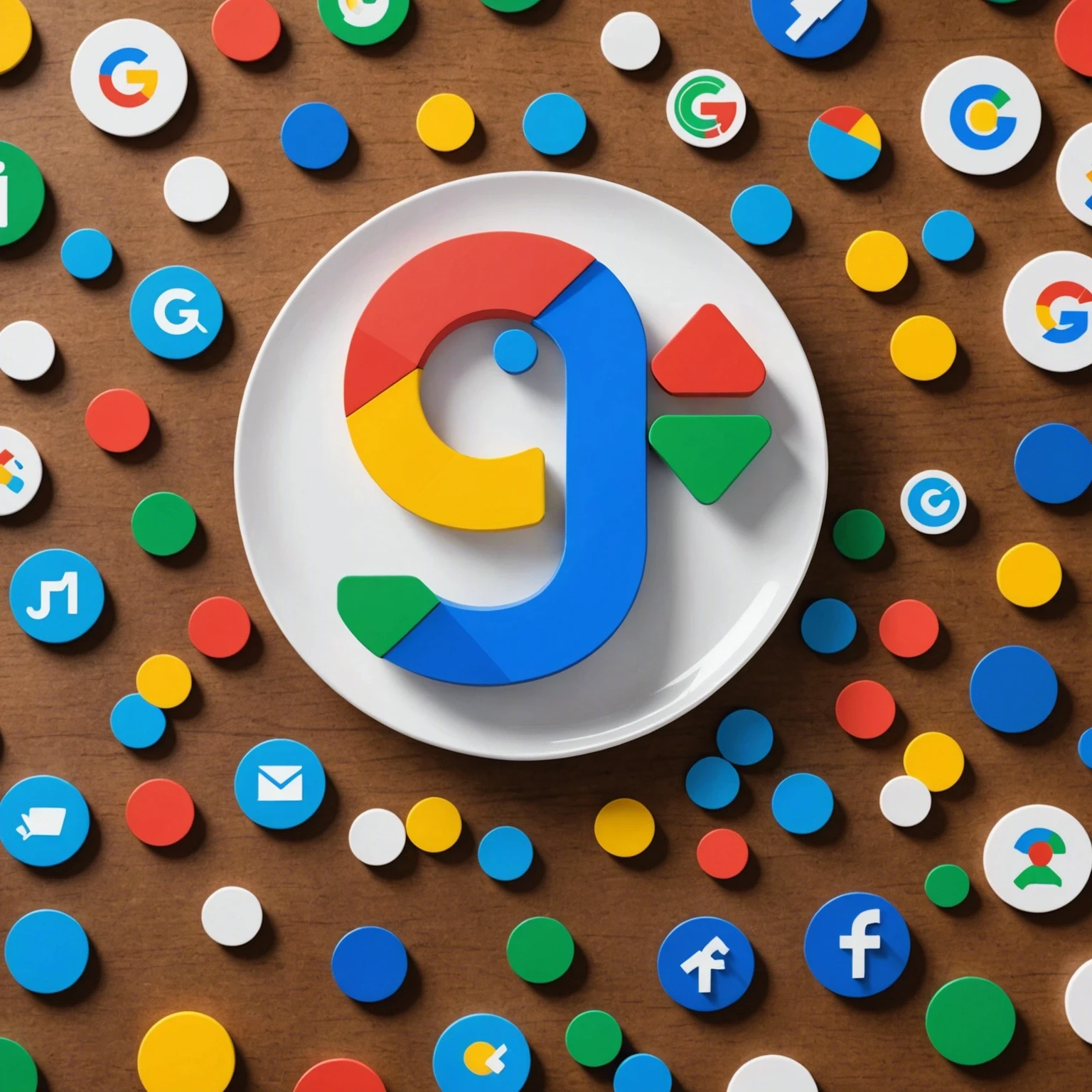Optimizing Google Performance Max Campaigns: A Simple Guide for Marketers
Oct 17, 2023

Introduction:
In today's digital age, businesses are constantly looking for new ways to engage with their audience and stand out from the competition. One of the most effective ways to do this is through advertising, but with the rise of ad blockers and shortened attention spans, it has become increasingly challenging to capture and hold the attention of potential customers. This is where generative artificial intelligence (AI) comes into play. By leveraging the power of AI, businesses can maximize their ad engagement and create captivating copy that resonates with their target audience.
Key Issues and Debates:
The use of AI in advertising has sparked various debates and discussions. Some argue that it takes away from the creativity and human touch of traditional copywriting, while others believe it is the future of advertising. However, the fact remains that AI has revolutionized the way businesses approach advertising and has proven to be a powerful tool for maximizing ad engagement.
One of the key issues surrounding the use of AI in ad copy is the fear of losing the human touch. Many businesses worry that relying on AI for copywriting will result in generic and robotic messaging that lacks emotion and connection. However, this is not the case. AI-powered copywriting tools are designed to understand human language and emotions, allowing them to create compelling and persuasive copy that resonates with the audience.
Another debate is whether AI can truly understand the nuances of language and create original and creative content. While AI may not have the same level of creativity as humans, it can analyze vast amounts of data and identify patterns to generate unique and effective copy. Additionally, AI-powered copywriting tools can learn and improve over time, making them more capable of producing high-quality content.
Practical Implications and Recommendations:
The use of generative AI in advertising has numerous practical implications for businesses. By leveraging AI-powered copywriting tools, businesses can create personalized and targeted ad campaigns that speak directly to their audience. These tools can analyze customer data and behaviors to understand what resonates with them and use that information to craft compelling copy.
AI-powered copywriting tools also have the potential to save businesses time and resources. Copywriting is a time-consuming and tedious task, but with AI, businesses can generate multiple variations of ad copy in a matter of minutes. This not only speeds up the advertising process but also allows businesses to test and optimize their messaging quickly.
Furthermore, AI can help businesses overcome language barriers and reach a wider audience. With the ability to translate and adapt copy in real-time, businesses can effectively communicate with customers in different languages and cultures, increasing their reach and engagement.
Conclusion:
In conclusion, the use of generative AI in advertising offers significant benefits in terms of maximizing ad engagement and creating captivating copy. While there may be debates and concerns surrounding the use of AI in copywriting, the potential for personalized and targeted messaging, time and resource savings, and overcoming language barriers make it a valuable tool for businesses.
As the technology continues to evolve, we can expect to see even more advanced AI-powered copywriting tools that can understand and create emotions, making them even more effective in captivating audiences. However, it is essential for businesses to strike a balance between AI and human creativity to ensure their messaging remains authentic and resonates with their audience.
Further research and discussion are needed to explore the full potential of generative AI in advertising and its impact on the industry. As businesses continue to adopt AI in their advertising strategies, it will be interesting to see how it shapes the future of advertising and consumer engagement.